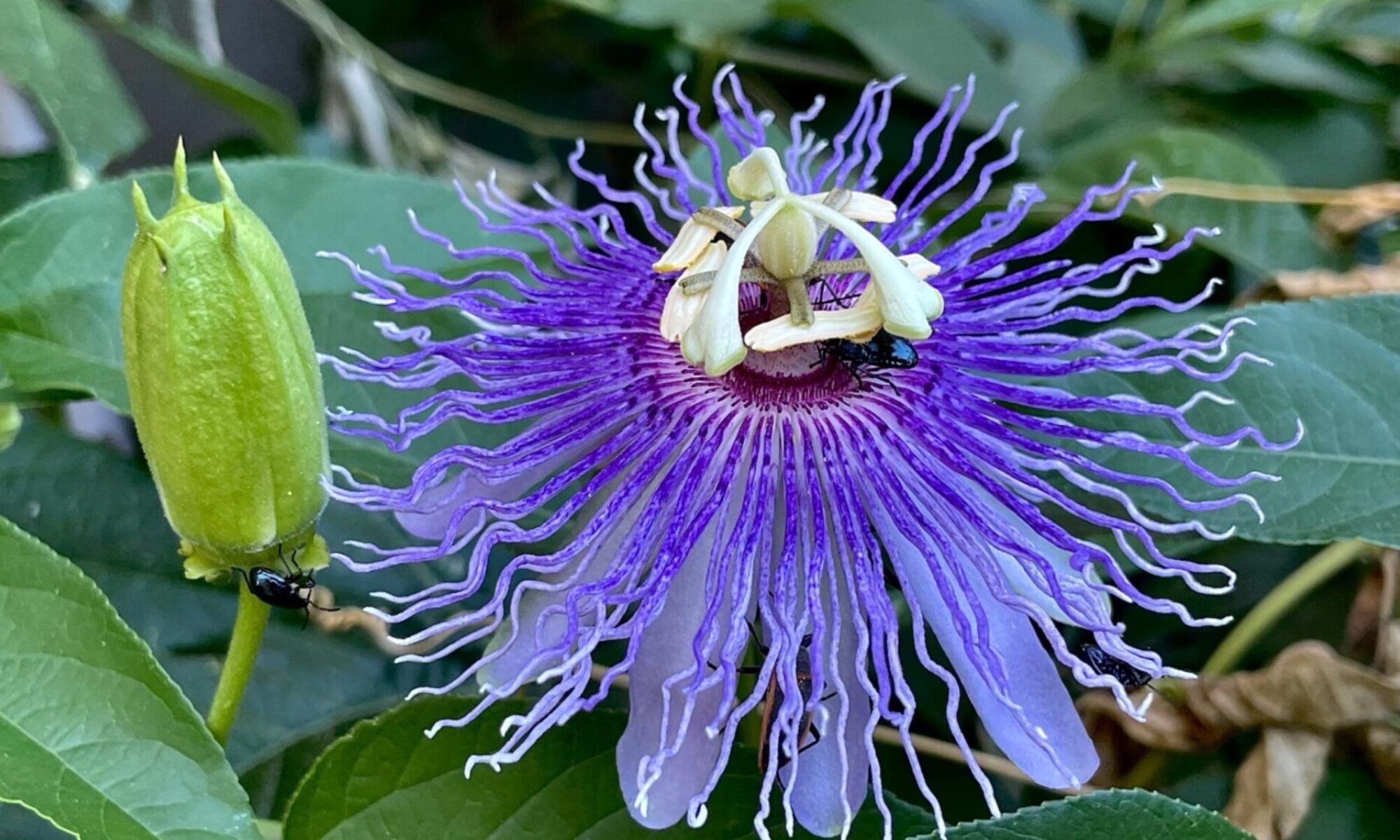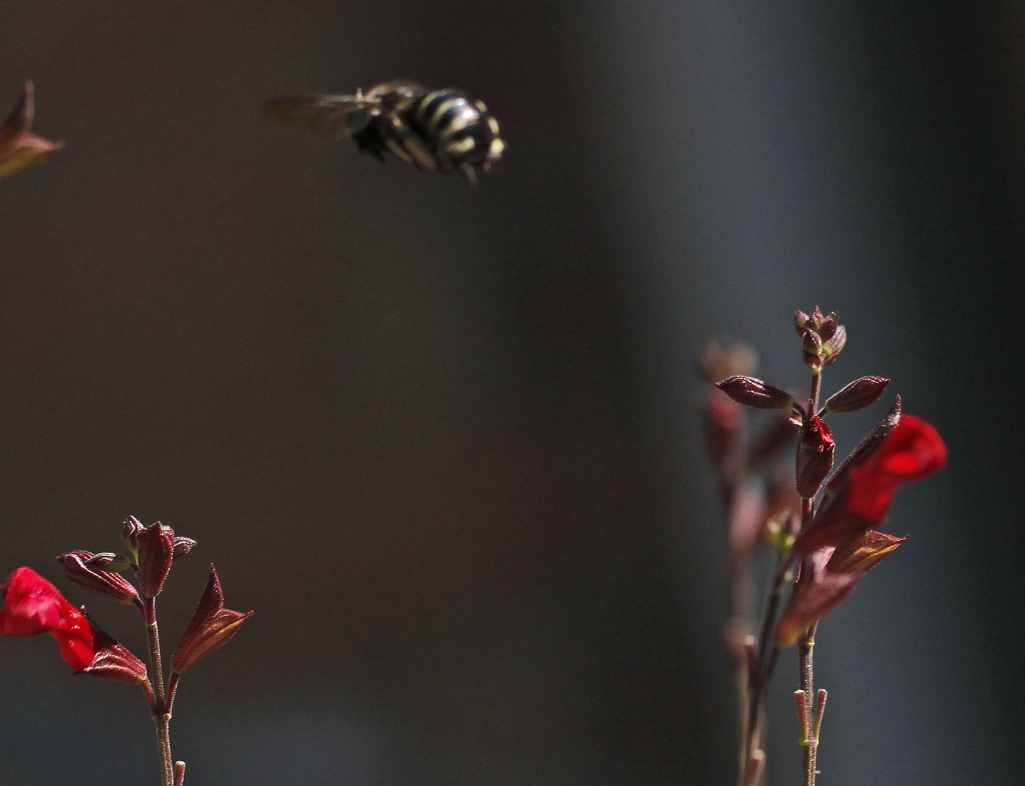** ARCHIVED POST – LINKS AND IMAGES MAY NOT WORK**
— by Randy Pensabene
At our February 13, 2020 chapter meeting, Kelly Conrad Simon showed the audience how to use a variety of native plants to create a Texas Wildscape that can meet human needs for a visually appealing landscape while also providing the plants much-needed by wildlife. She demonstrated how by providing the basic elements of habitat (food, shelter and water) in your garden, Texans can attract an exciting variety of birds, butterflies, frogs and lizards and bring the beauty and vitality of nature home.

The most important step in developing a Wildscape is learning about the plants and soils that characterize your region. Since wildlife thrives in the presence of plants they have adapted to, native plants are encouraged in Wildscapes. Introduced plants are not good substitutes for the native plants used by wildlife.
Plants native to your area provide both food and shelter requirements for wildlife. Select plants for their food value as well as plants that will grow to different heights and density. This layering effect will allow wildlife to select areas they find most comfortable.
View Kelly’s presentation at this link.
Learn about native plants through the Native Landscape Certification Program (NLCP) with classes focused on the local area. Find schedule info here.
You can see the February 13, 2020 business presentation slides here.
** ARCHIVED POST – LINKS AND IMAGES MAY NOT WORK**

